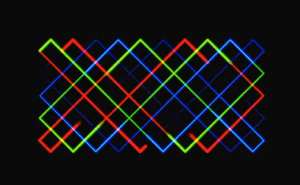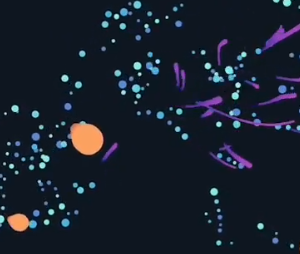In a 300-500 word blog post, describe how you’d use AI tools to start a creative AI business. Given that everyone has access to these tools how would you add something unique?
If i had the knowledge and resources required to launch a business at this point in the timeline of AI development, I would be curious to see the potential in putting custom databases in the hands of the average consumer. While this kind of service is currently offered by runwayML in a rudimental form, its use is confined to that specific AI tool and I feel like this service could be further refined.
I envision a pandoras box of sorts that could be offered in the form of server space that has access to high end computational resources that could serve as the processing power needed to fuel complex generations. These custom databases, consisting of user uploaded content in whatever format they desired, could then be integrated by the service provider into various AI tools in order to offer a service that is currently only available at a professional level and requires strong understanding of machine learning practices.
The service provider would serve as a middleman between the consumers and AI tools, by shouldering the resource load and normally complex process of integrating custom databases into an AI workflow. Different packages could be offered that also include integrating the users custom database into an AI tool chain of production. For example, images generated on a custom database in Midjourney AI could then be automatically animated using RunwayML by the provider before being upscaled using a different AI tool and presented back to the user.
This entire chain of production could be tailored to provide opportunity for user input as well, through offering a simplified translation of options to the user in each step of the process, the user could be allowed to provide creative input at all steps of the process as if they had manually used all of the tools in the production chain individually.
While many AI developers are currently working on making custom databases/datasets more available, most options are still aimed at developers with backgrounds in machine learning. In the professional world, Vertex AI offered by Google and SageMaker by Amazon are currently very close in this regard. Also in the open-source realm, the ability to generate custom databases and libraries are available through TensorFlow and PyTorch, but they again require significant technical knowledge and computational resources.
By making this kind of service easily available and understandable to the average user, I believe an opportunity to accelerate learning, progression, and discovery would be achievable and an immense amount of useful data would be generated by the process that could in turn be used to push AI development even further.
Current primitive AI database offered by runwayML:
https://runwayml.com/ai-tools/ai-training/
Google Vertex:
https://cloud.google.com/vertex-ai
Amazon SageMaker:
https://aws.amazon.com/sagemaker/
Open Source:
https://www.tensorflow.org/



